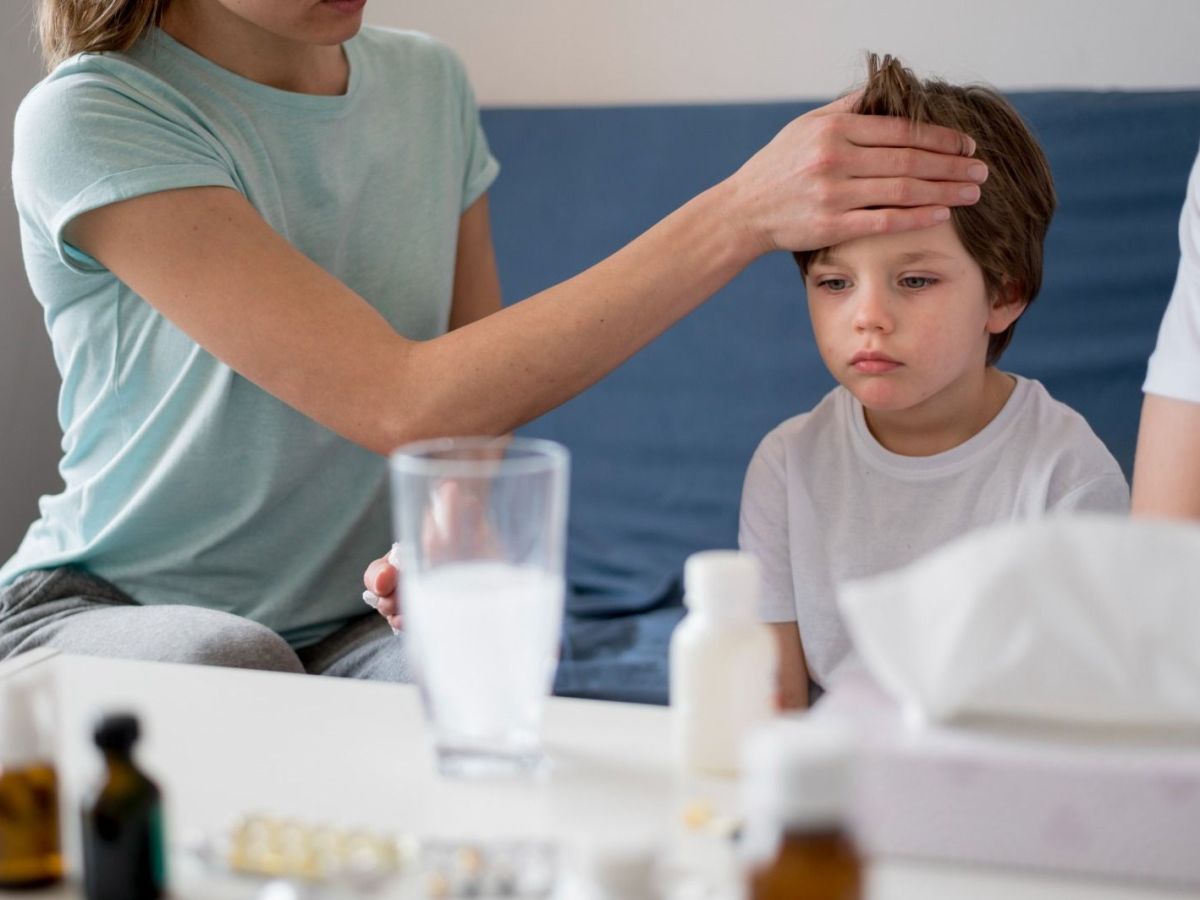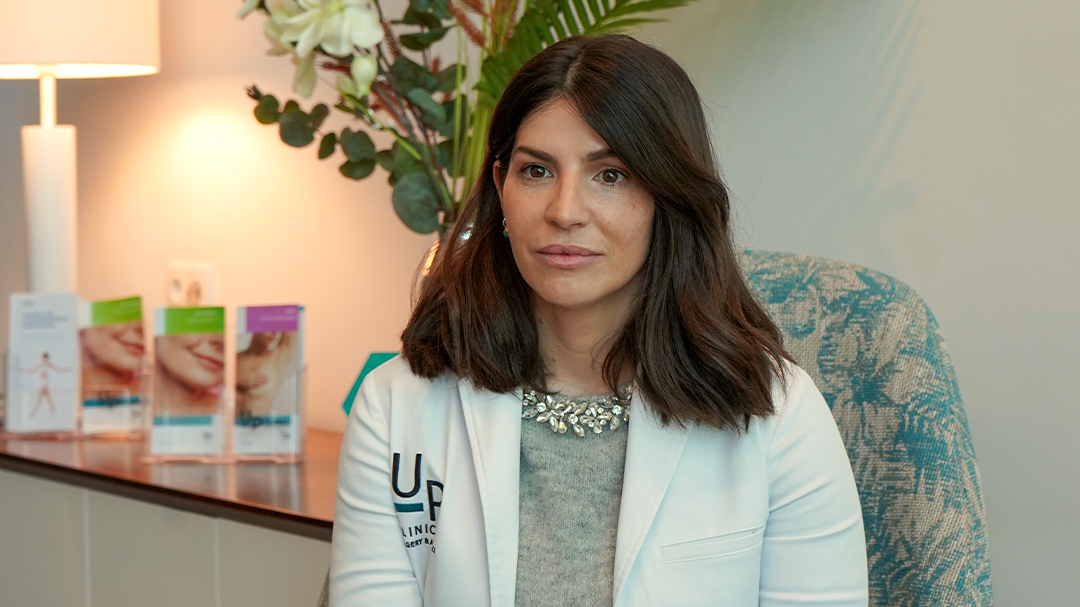It occurs when a force is applied directly to the head, such as from a fall, a collision, or a penetrating object, or indirectly, as in the case of "shaken baby syndrome," which arises from child abuse.
TBI can range from a concussion (mild TBI) to a deep or open wound, a skull fracture with or without intracranial hemorrhage, or other brain injuries. Most of these injuries occur between the ages of 0 and 4, mainly from falls, pedestrian accidents, or as passengers in car accidents. A second peak in incidence is seen in those over 15 years, resulting from falls from bikes, skateboards, or skates, during sports, or from moped and scooter accidents.
Generally, these are minor events and are not associated with future injuries or long-term effects. However, on some occasions, the trauma can be severe, especially in children under 1 year old. In this age group, the most common causes are accidental falls from an elevated place (changing table, highchair, crib...) or from their own height onto the floor when they start to walk.
Symptoms and what to do
Symptoms depend on the child's age and the severity of the injury. In most cases, TBI only causes superficial head injuries like bruises ("goose egg") or cuts, pain at the site of impact, which do not necessarily require a medical evaluation. Caregivers should always keep the child under close observation for the first 24-48 hours to check for any warning signs. If any of these appear, an evaluation in the Pediatric Emergency Department is essential. Warning signs and symptoms include:
- Persistent vomiting
- Changes in usual behavior or confusion
- Loss of consciousness or excessive sleepiness/difficulty waking up
- Visual disturbances
- Severe and/or persistent headache
- Irritability or persistent crying
- Changes in speech, gait or coordination
- Seizures
- Weakness or numbness in any limb
- Asymmetry in pupil size
- Loss of blood or clear, shiny fluid from the ears or nose
- Bruises around both eyes (Raccoon eyes or Panda sign)
For children under 1 year, if the fall is from a height greater than 1 metre or if it was not witnessed by an adult, they also need to be seen by a doctor.
After the injury, it is crucial to stay calm. If there is a bleeding wound, apply pressure to stop the hemorrhage. If a neck injury is suspected, do not move the child, especially their neck, and call emergency services immediately.
Medical evaluation and treatment
In the Emergency Department, a medical history will be taken to evaluate the mechanism of the injury and the associated symptoms, followed by a physical examination. This will include the Glasgow Coma Scale, a clinical test that assesses the child's motor, eye, and verbal responses.
The scale's score ranges from 0 to 15 and allows to estimate of the severity of the trauma and the likelihood of brain damage without the need for any radiological exams.
Additional diagnostic tests, especially those that involve unwanted radiation exposure like a CT scan, should only be performed when there is a clinical justification, such as in cases of suspected severe TBI.
Treatment depends on the severity and type of TBI, symptoms, age, and the child's overall health. It may include rest, applying ice packs, wound disinfection, stitches, pain relievers (like paracetamol and ibuprofen), medication for nausea/vomiting, and in some cases, a period of observation in the hospital to monitor the evolution of symptoms or any diagnosed injury. In the case of more severe TBI, neurosurgical intervention and a possible stay in the Intensive Care Unit or cranial surgery may be necessary.

At-Home Care and Recovery
If the child is discharged, the surveillance for 24-48 hours must be maintained. At home, the child should be kept in a calm environment, should not be forced to eat and liquids should be offered in small quantities to avoid vomiting, the wounds should be washed and disinfected, ice can be applied for 5-minute intervals and slightly elevate the head of the bed (about 60 degrees).
Every 2-3 hours, you should talk to the child to see how they are doing and if their responses are appropriate, and although they can be allowed to sleep, it is necessary to wake them a few times at night to check their general condition, particularly to rule out excessive sleepiness or difficulty waking them up.
For mild TBI, a period of physical and cognitive rest for 24-48 hours should be ensured. After this period, the child should gradually resume daily activities with increasing effort over a minimum of 24-hour intervals, stepping back if symptoms worsen. The same process should be followed for returning to school and more mentally demanding activities. All non-essential cognitive activities (like playing video games) should only be reintroduced after a near-normal physical routine has been established.
If symptoms persist for more than 4 weeks, the child should be re-evaluated, as it could be a case of Post-Concussion Syndrome. Referral to a General Pediatrics appointment may be considered. If there were any cranial alterations, such as hematomas or fractures, follow-up will be managed by neurosurgery.
Prevention
Some measures can be taken to help prevent TBI in children, such as:
- Close supervision until the child can walk on their own
- Safety gates and guards for smaller children
- Ensuring that play areas are safe (soft or padded surfaces)
- Verifying the use of safety seats and seat belts in any vehicle
- Making sure helmets are used when riding a bicycle, scooter, skates, a skateboard, or skiing
Dra. Inês Piscalho
Interna de Pediatria
Dra. Luísa Gaspar
Pediatra
For more information, please contact Algarve Biomedical Center on (+351) 289 800 065.















